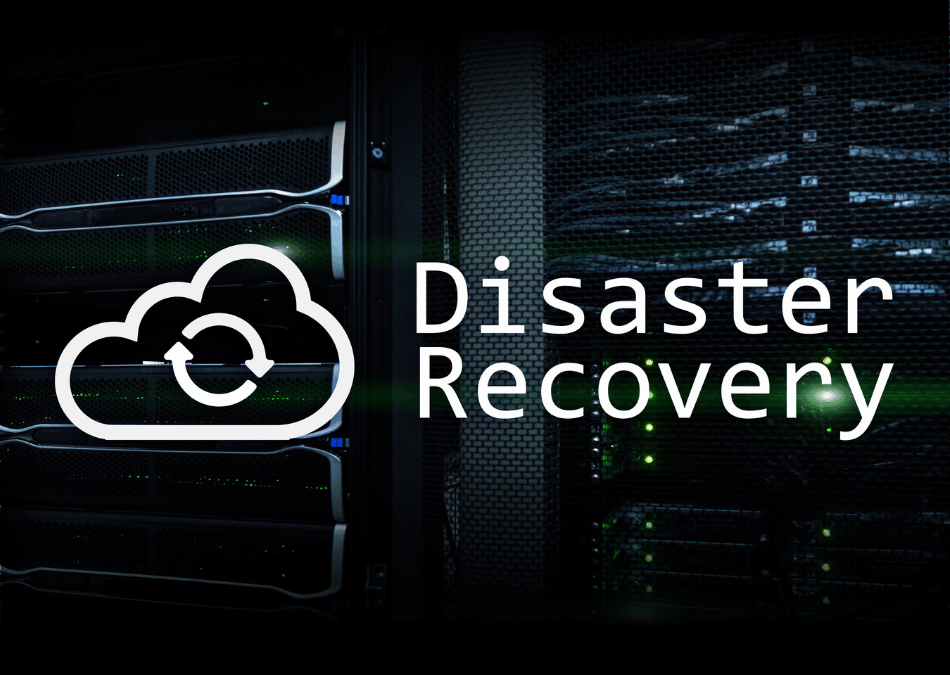Efficient IT service: If you have ever sat at the end of the Service Desk telephone, then you know that the words “my computer is slow” can mean 1000 different things.
You know that it can be like looking for a needle in a haystack when you need to find the cause, or rather looking for a needle in 5-10 different haystacks. Therefore, having an efficient Service Desk is not about your staff being adept at the keyboard and knowing their shortcuts.
Therefore, the profound – and slightly clichéd – mantra is work smarter, not harder. But how do you do that?
80/20 also applies to IT support
The first step on the road to efficient IT service and support is inevitably to analyse your current enquiries. Look at which support cases take the most time.
You will probably find that the vast majority of your time is spent on solving less than 20% of your calls. The remaining 80% of support calls are often simple cases that can be resolved in a few minutes.
The 80/20 distribution is called the Pareto principle, and it’s actually applicable in very many contexts.
Start with the time-consumers
When the 20% most demanding or most frequent problems have been identified, you also know where to start your improvements. Furthermore, we might as well reveal that the 20% includes tasks that should simply be eliminated from your service portfolio.
The support department is often a kind of last resort (or in blatant cases, the first resort) which staff call with all kinds of IT challenges, whether they are performance-related or because an employee can’t find the Print button in Word.
The last type of call should obviously be avoided altogether.
Supply and demand in the Service Desk
Let us assume that you have already created your “print-your-document” guides. Your Service Desk is now only working with performance-related issues.
An efficient IT service is now basically about managing supply and demand. It’s all about minimising simple and trivial support jobs and directing support cases away from the rush hour in your ticket system.
Avoid queues on the phone line
To avoid lengthy waiting times on your support line, it’s a good idea to focus only on urgent jobs during the busiest periods and get people to postpone jobs that can wait.
For example, let people book a support call to take place at some point outside of your peak hour. In this way, the user avoids waiting in a long phone queue, and you move the support time away from your busy period.
Polite self-service
Often, we see that many of the Service Desk’s calls can be avoided entirely. One of the major culprits here is login issues with forgotten passwords and problems with changing passwords.
Instead of leaving it up to users to change their password, you can do it automatically. Alternatively, at least, let the password expire automatically, forcing the user to create a new one – in a user-friendly way!
Also, consider how many more support calls you will receive if users have to change their password every month rather than just every quarter.
A fixed structure provides overview and speed
In order to help a user in distress, it’s very often necessary to know a great many details about the user’s computer. You need to know the model, BIOS version, IP address, and often also the access points to which the computer is connected.
The average user has no idea about all this information.
To provide efficient support, you should, therefore, make sure that you can look up this information yourself, either in a manually maintained database or through an automatically updated system that manages your company’s devices.
Save time on individual cases and catch generic problems.
Just as the database makes your problem solving faster, you can also advantageously implement an online ticket system that users must use when they contact the Service Desk by e-mail.
Let your users fill in the information that you need and they can provide themselves before they take up a supporter’s time. It may be when the problem occurred, where the computer was when the problem arose and, of course, who the user is.
Also, try letting users choose whether a case is urgent, system-critical, or can wait until later in the day.
With a streamlined ticket system, you save time for your supporter, and it will be easier to log the problem and the solution afterwards. The systemised logging of enquiries is, in fact, paramount for you to intercept problems at, for example, servers that will affect several users in your organisation.
Efficiency is not about shorter calls
Although it’s tempting to believe, Service Desk efficiency is rarely about minimising the average time per call.
It’s about standardising and automating the processes, building user-friendly self-service systems, and guiding people away from the most pressurised times. Moreover, of course, it’s about setting aside time to address the root of a problem rather than fighting fires with temporary solutions.


